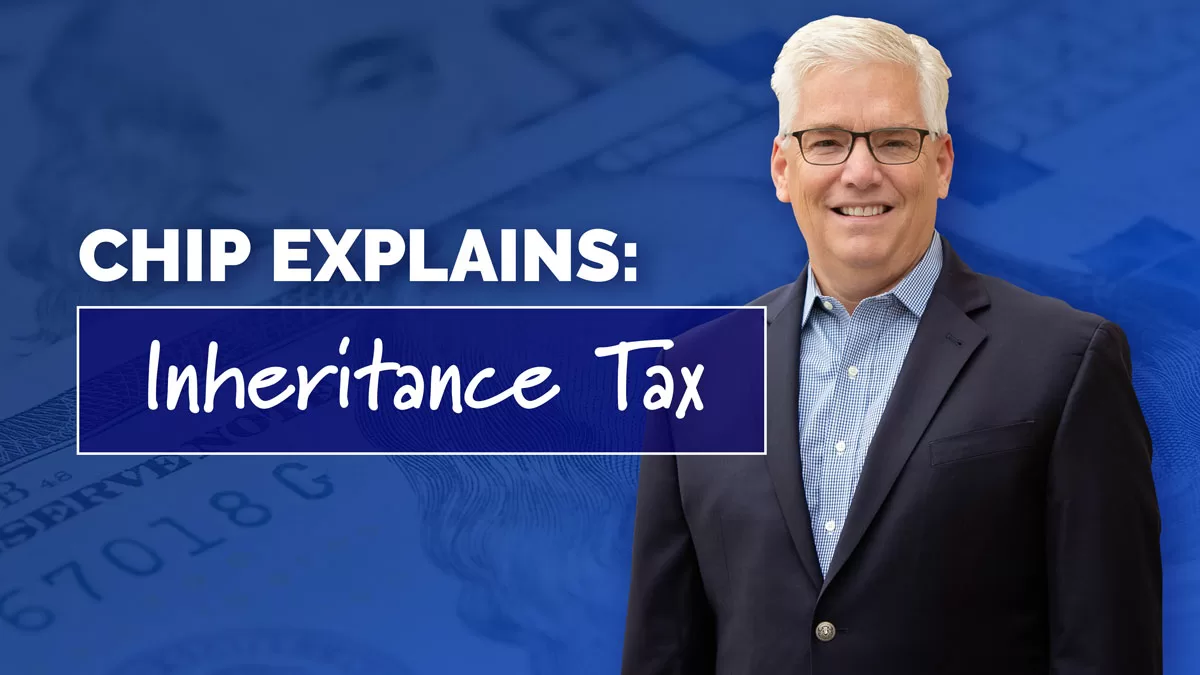Greetings, legacy planners! Today, we’re delving into the world of “Inheritance Tax.” While it might sound like a complex chapter in the financial book of life, think of it as a map that helps you navigate the terrain of passing on assets to the next generation. Let’s demystify the concept of inheritance tax and explore its ins and outs.
Table of Contents
Inheritance Tax: The Final Chapter’s Tax Code
Imagine your wealth as a well-crafted novel, and inheritance tax as the final chapter’s tax code. Inheritance tax, also known as estate tax or death duty, is a tax imposed on the estate of a deceased person. It’s the government’s way of taking a share of the deceased person’s wealth before it passes to their heirs.
Key Concepts to Unpack
- Estate Value: Inheritance tax applies to the total value of a person’s estate, including property, money, investments, and possessions.
- Tax Threshold: Just like a plot twist, there’s a threshold below which no inheritance tax is due. This threshold varies by country, and any value beyond it may be subject to taxation.
- Exemptions and Deductions: Certain assets or gifts may be exempt or subject to deductions, reducing the taxable value. This can include gifts given during the person’s lifetime or assets left to a spouse.
- Tax Rates: The tax rate is applied to the taxable value of the estate that exceeds the threshold. Rates can vary, and they may increase as the value of the estate goes up.
Who Bears the Burden?
- Estate Executor or Administrator: The person responsible for managing the deceased’s estate is typically tasked with calculating and paying the inheritance tax.
- Heirs and Beneficiaries: In some cases, heirs or beneficiaries may be responsible for settling the tax liability from their inheritance.
Planning Strategies to Navigate the Tax Terrain
- Lifetime Gifts: Some jurisdictions allow individuals to gift a certain amount during their lifetime without incurring tax. This can be a strategic way to reduce the taxable value of the estate.
- Trusts: Establishing trusts can help manage and distribute assets in a tax-efficient manner, providing more control over how assets are passed on.
- Life Insurance: Life insurance proceeds are often exempt from inheritance tax and can be used to cover the tax liability.
- Charitable Donations: Donating to charities can reduce the taxable value of the estate, as charitable bequests are often exempt from inheritance tax.
Considerations and Challenges
- Legal and Tax Advice: Given the complexities of inheritance tax laws, seeking professional legal and tax advice is crucial to ensure compliance and minimize tax liability.
- Changing Legislation: Inheritance tax laws can change, so staying informed about the current tax code is essential for effective planning.
- Global Considerations: For individuals with assets in multiple countries, understanding the inheritance tax laws in each jurisdiction is vital to avoid unexpected tax burdens.
In Conclusion
Inheritance tax is like the final chapter’s tax code in the book of life, and understanding its nuances is essential for effective legacy planning. By exploring planning strategies, staying informed about changing laws, and seeking professional advice, you can navigate the inheritance tax landscape and leave a well-crafted legacy for future generations. Happy planning!


